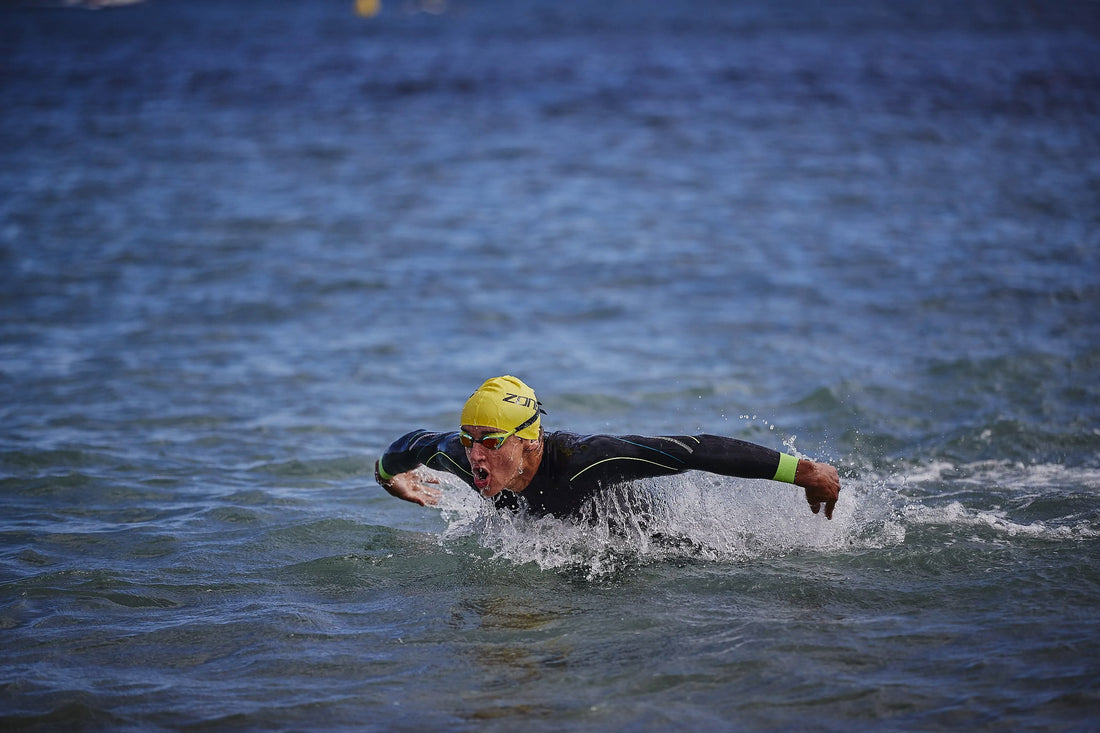
This article is based on a blog article from Zone3. Translated by Frivannsliv (we reserve the right for possible errors).
Simple tips from Zone3 that can make your swimming experience even better.
Use skin conditioner
Without skin conditioner , you risk the suit chafing around your neck when you have longer swims. You usually don't notice this until the sweat is flowing. We recommend that you apply skin balm around your neck and neck before entering the water.
Have someone check your zipper
Ask someone to check that the zipper is all the way up and the Velcro is closed. Also check that you can reach the zip cord yourself.
Warm up
Get good blood circulation before entering the water. This raises your body temperature and mentally prepares you for the swim. Swing your arms in circles, loosen your shoulders and do some squat jumps to get your heart rate up.
Acclimatization
It will feel fresh (when doesn't it?), but take some time to get used to the water before you go swimming. Stand with water up to your waist, breathe deeply and splash some water on your face and neck.
Be realistic about your own skills
If you are going to participate in a competition, make a realistic assessment of your own skills. If you are not the strongest swimmer, it is not appropriate to place yourself at the front of the field.
Follow the masses
Unless you're Alistair Brownlee or Harry Wiltshire, chances are there will be swimmers both in front of and beside you when you swim in a competition. You don't want to be a sheep blindly following those ahead, but you also don't need to look around every 4th or 6th swim. Keep an eye on the swimmers around you and you will naturally follow the masses.
Bring spare glasses
At some point, your swimming goggles will break when you put them on. Always have a pair in reserve.
Good trip!
Tips from Frivannsliv
Keep warm
When the sea is at its coldest, we recommend wearing the warmest suit, a balaclava, gloves and socks, and a tip from one of our customers is to smear vaseline on the face and feet. A vest under the suit can be an extra insulation if needed.
Also make sure you are clearly visible in the sea if it gets dark, a swimming buoy should be used anyway, but you can also increase visibility by attaching a small lantern to the buoy or buy a buoy with an integrated LED light.
When the water temperature rises above 10 degrees
It is still cold and recommended to wear the warmest swimming suits and balaclava, gloves and socks. A vest under the suit may also be a good idea during this period.
At water temperatures above 13 degrees
Now you can go from balaclava to a warm swim cap and gloves and socks on shorter swims. If you are going to swim for a long time, you can do without it, this depends entirely on how easily you freeze and how it changes when you swim longer distances.
Summer
In the summer, you can go for lighter equipment. If you want to swim longer, quieter trips, it can still get a bit chilly, so here you have to know what you need to do.

